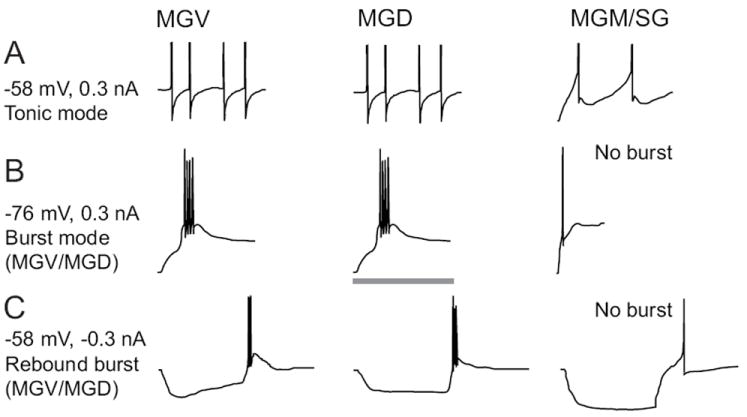Figure 6. Intrinsic membrane properties of neurons in different MGB subdivisions.

A: Intracellular voltage responses to injections of depolarizing currents. The resting membrane potential (-58 mV) and magnitude of injected current are shown to the left. Depolarization of MGV (left) and MGD (middle) neurons produces a series of single action potentials with monophasic afterhyperpolarizations (AHPs). MGM/SG (right) neurons produces single spikes that adapt and have biphasic AHPs due to activation of a small-conductance, calcium-activated potassium channel. B: Injection of depolarizing current starting from a hyperpolarized membrane potential (-76 mV) evokes burst responses in MGV and MGD neurons. The burst response consists of a large calcium-dependent depolarization evoked by activation of T-type calcium channels and 2-5 high-frequency action potentials (250-500 Hz) evoked at the peak of the calcium burst. About half of MGM/SG neurons produce calcium bursts, while about half have weak or absent calcium bursts, such as the example shown. C: Injection of hyperpolarizing current produces “rebound” burst responses in MGV and MGD neurons and about half of MGM/SG neurons. The other half of MGM/SG neurons fail to evoke a rebound burst, which is quite unusual for neurons in most thalamic nuclei. The gray bar represents 100 ms in A, 40 ms in B, and 200 ms in C.
